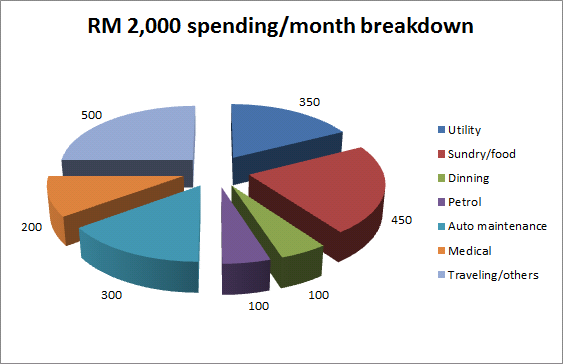The major uncertainty facing the world today is not the euro but the future direction of China. The growth model responsible for its rapid rise has run out of steam.
That model depended on financial repression of the household sector, in order to drive the growth of exports and investments. As a result, the household sector has now shrunk to 35% of GDP, and its forced savings are no longer sufficient to finance the current growth model. This has led to an exponential rise in the use of various forms of debt financing.
There are some eerie resemblances with the financial conditions that prevailed in the US in the years preceding the crash of 2008. But there is a significant difference, too. In the US, financial markets tend to dominate politics; in China, the state owns the banks and the bulk of the economy, and the Communist Party controls the state-owned enterprises.
Aware of the dangers, the People’s Bank of China took steps starting in 2012 to curb the growth of debt; but when the slowdown started to cause real distress in the economy, the Party asserted its supremacy. In July 2013, the leadership ordered the steel industry to restart the furnaces and the PBOC to ease credit. The economy turned around on a dime. In November, the Third Plenum of the 18th Central Committee announced far-reaching reforms. These developments are largely responsible for the recent improvement in the global outlook.
The Chinese leadership was right to give precedence to economic growth over structural reforms, because structural reforms, when combined with fiscal austerity, push economies into a deflationary tailspin. But there is an unresolved self-contradiction in China’s current policies: restarting the furnaces also reignites exponential debt growth, which cannot be sustained for much longer than a couple of years.
How and when this contradiction will be resolved will have profound consequences for China and the world. A successful transition in China will most likely entail political as well as economic reforms, while failure would undermine still-widespread trust in the country’s political leadership, resulting in repression at home and military confrontation abroad.
The other great unresolved problem is the absence of proper global governance. The lack of agreement among the United Nations Security Council’s five permanent members is exacerbating humanitarian catastrophes in countries like Syria – not to mention allowing global warming to proceed largely unhindered. But, in contrast to the Chinese conundrum, which will come to a head in the next few years, the absence of global governance may continue indefinitely.
Read more at http://www.project-syndicate.org/commentary/george-soros-maps-the-terrain-of-a-global-economy-that-is-increasingly-shaped-by-china#WkAO50tdC2JaLSUF.99
What Soros said was the household sector has been subsidizing manufacturing, infrastructure and property. The economic growth was over-reliance on credit growth. The household sector repression had reached to a point of unable to fund the credit growth and subsequently depending on shadow banking.
It was reported that the shadow banking in China was around USD 4.8 trillion or 55% of China 2012 economic output. There has been some news in the recent weeks that one of wealth products that ICBC marketed can default by 31 January 2014.
Industrial & Commercial Bank of China Ltd., the world’s most profitable bank, is rejecting entreaties to compensate holders of the financing, which was structured by China Credit Trust Co. to raise funds for a coal miner. New York-based Moody’s Investors Service says it is typical of financial products that have kept debt off banks’ balance sheets. The borrower, Shanxi Zhenfu Energy Group, collapsed in 2012 after leading shareholder Wang Pingyan was arrested for illegal deposit-taking. Payment on the three-year, so-called Credit Equals Gold No. 1 product is due Jan. 31.
Read more : http://www.bloomberg.com/news/2014-01-23/china-trust-products-gone-awry-evoke-soros-echoes-of-08-crisis.htmlIt was a talk of town that this was a Lehman minibonds deja vu moment especially credit trust related as a % of GDP is almost doubled within a short span of time. With already nervous markets on the emerging market currencies roils, many people was so nervous that a China credit implosion will bring the world down with them.
ICBC was initially very adamant that they will not bail out the investors who lost their money but they gave in last minute that they will pay back the principal but not the interest. Many speculated that the China government was pulling strings behind the scenes of arranging bailout to prevent market panic and losing faith in the system. Another too big to fail?
Over-reliance on credit growth to generate economic growth has been a big headache. It is a perpetual vicious circle. A slowdown in credit growth will trigger a sharp economic growth. A sharp economy slowdown will cause unemployment to go up that may threaten the social stability. For the fear of social instability, politician will take the path of least resistant. Every time there is a slowdown, China government will go back to old formula to ask state-owned banks to increase credit. If they keep walking on this path, this eventually will cause credit implosion.
The new leadership has announced that they will tolerate slower growth in order to achieve sustainable growth. The question do they have the political will power to carry out the reform successfully?
















